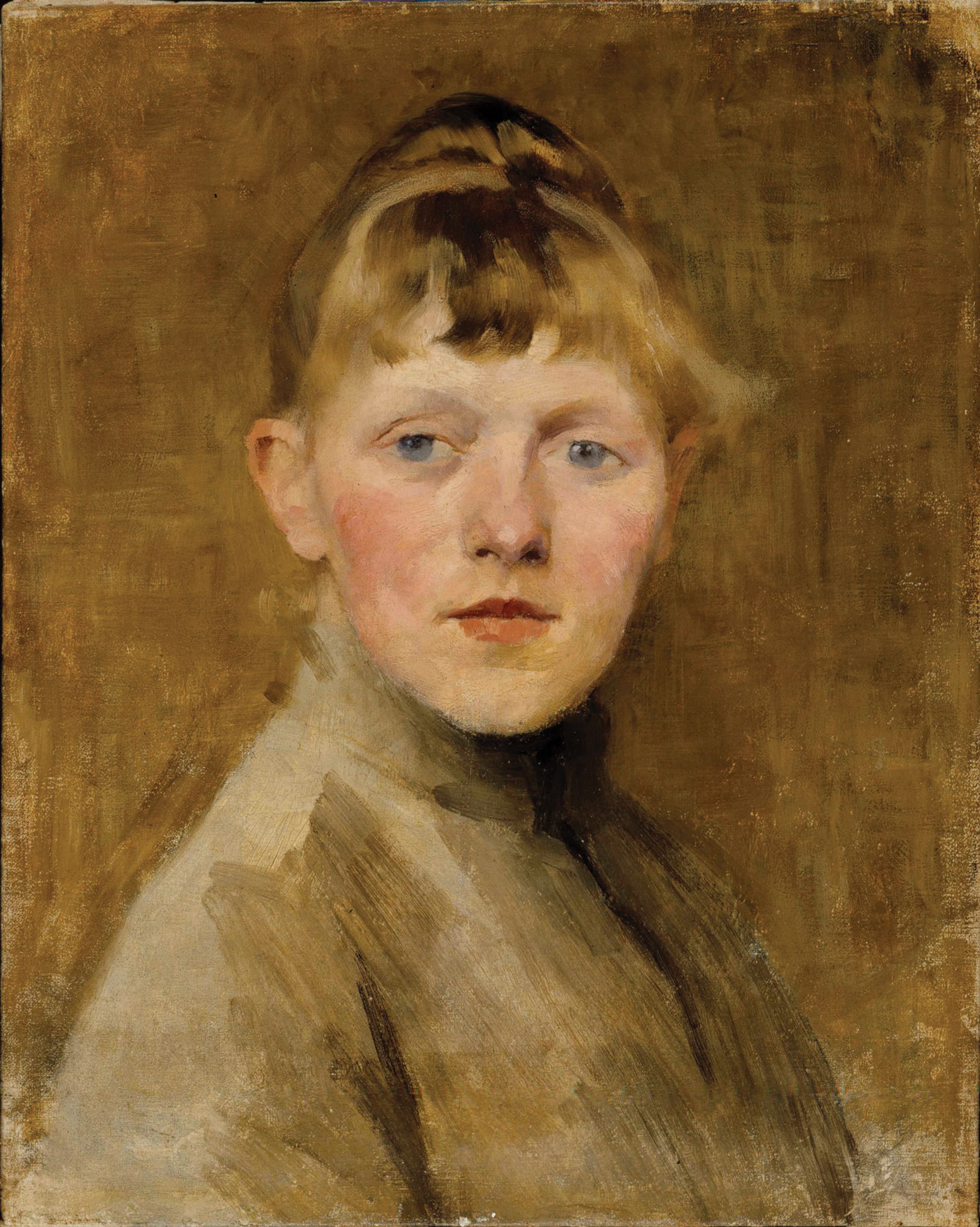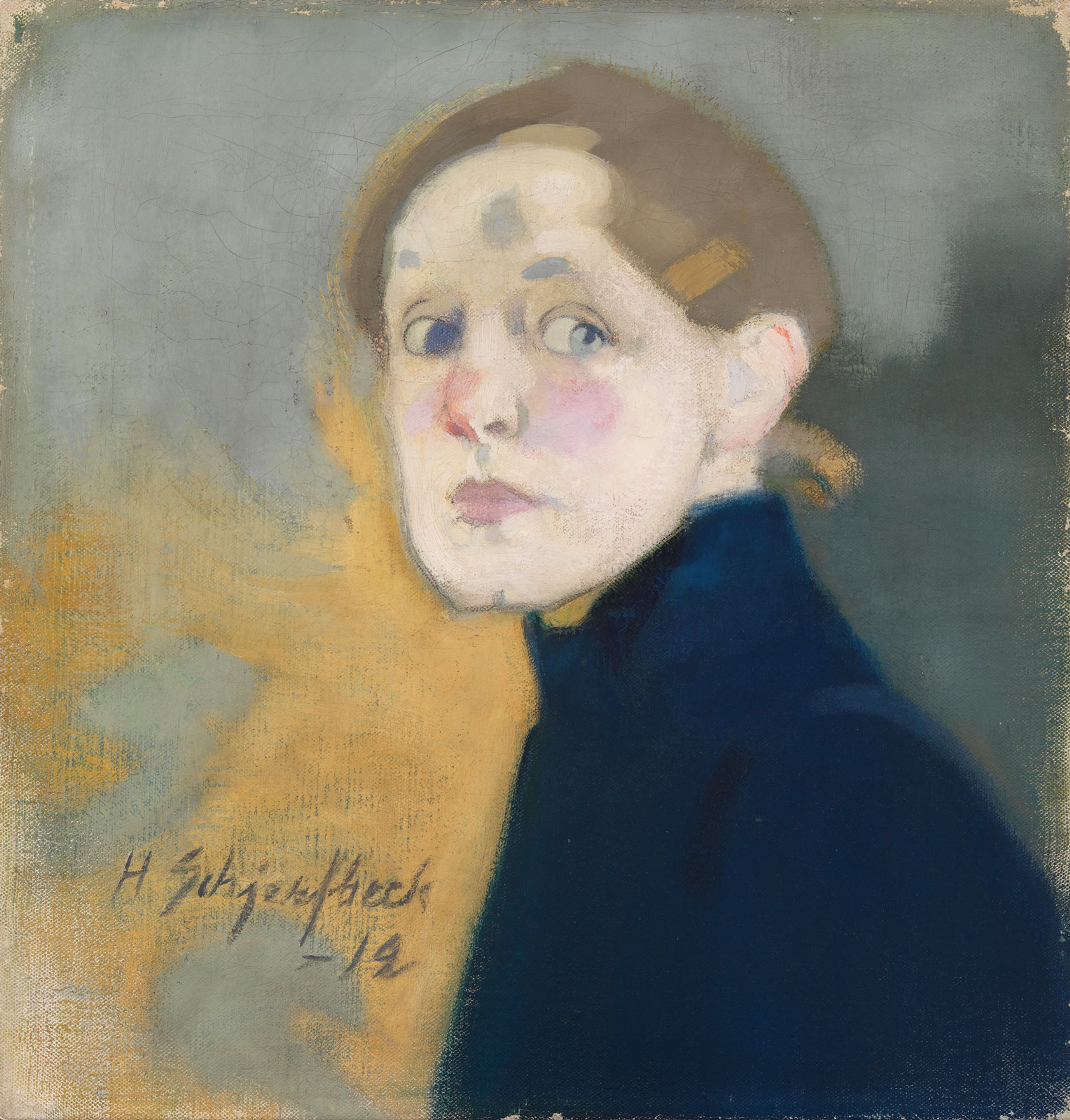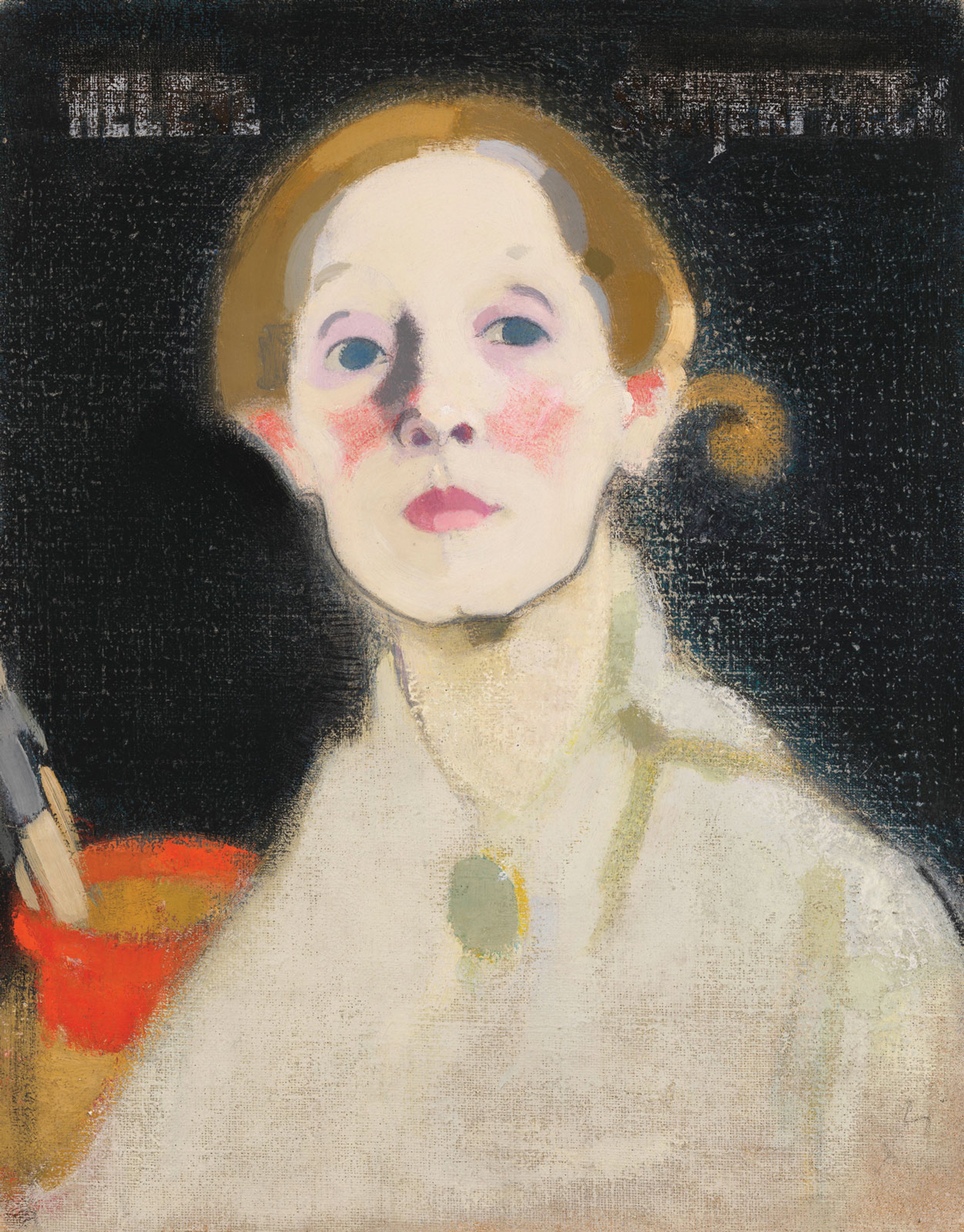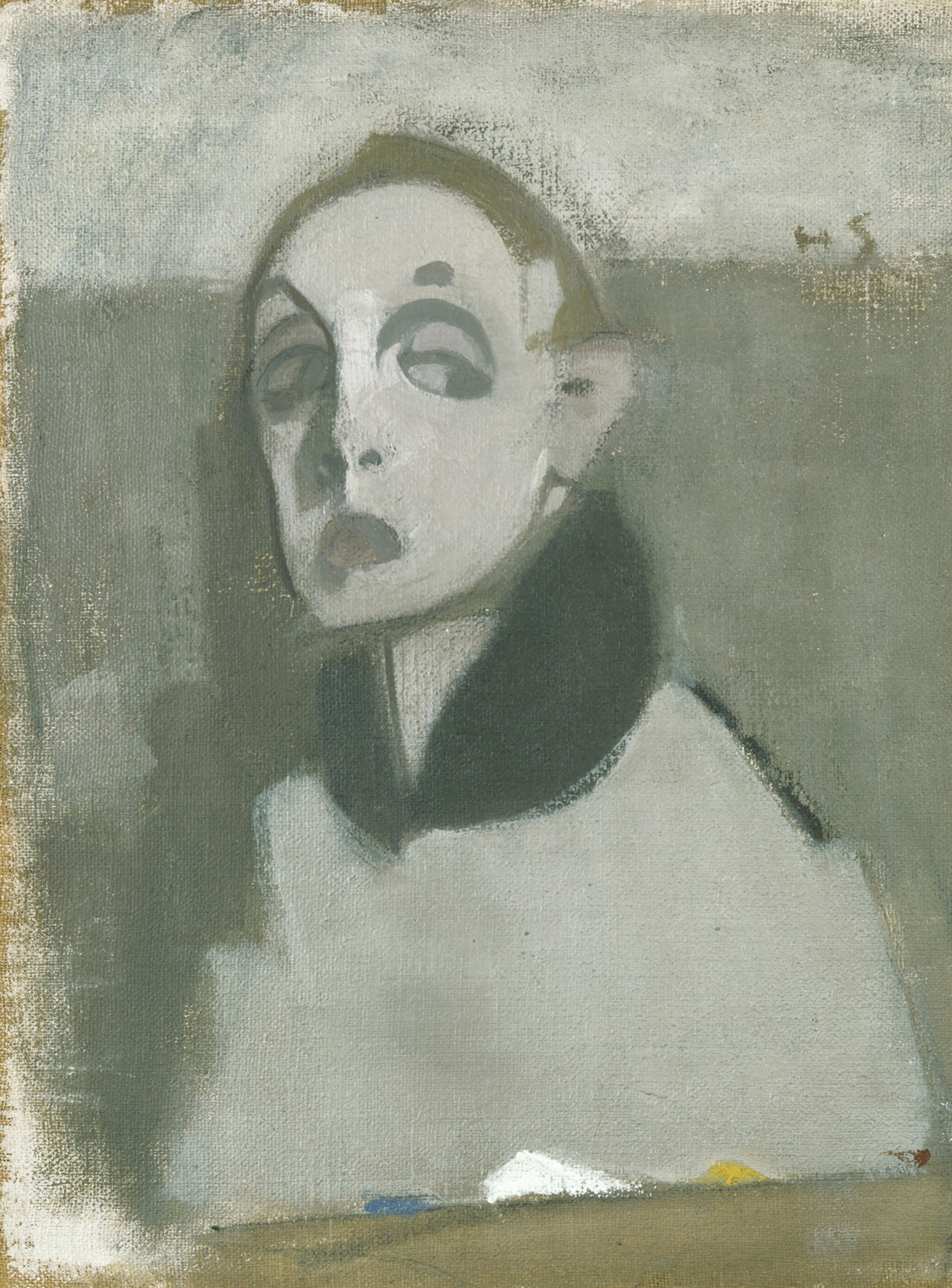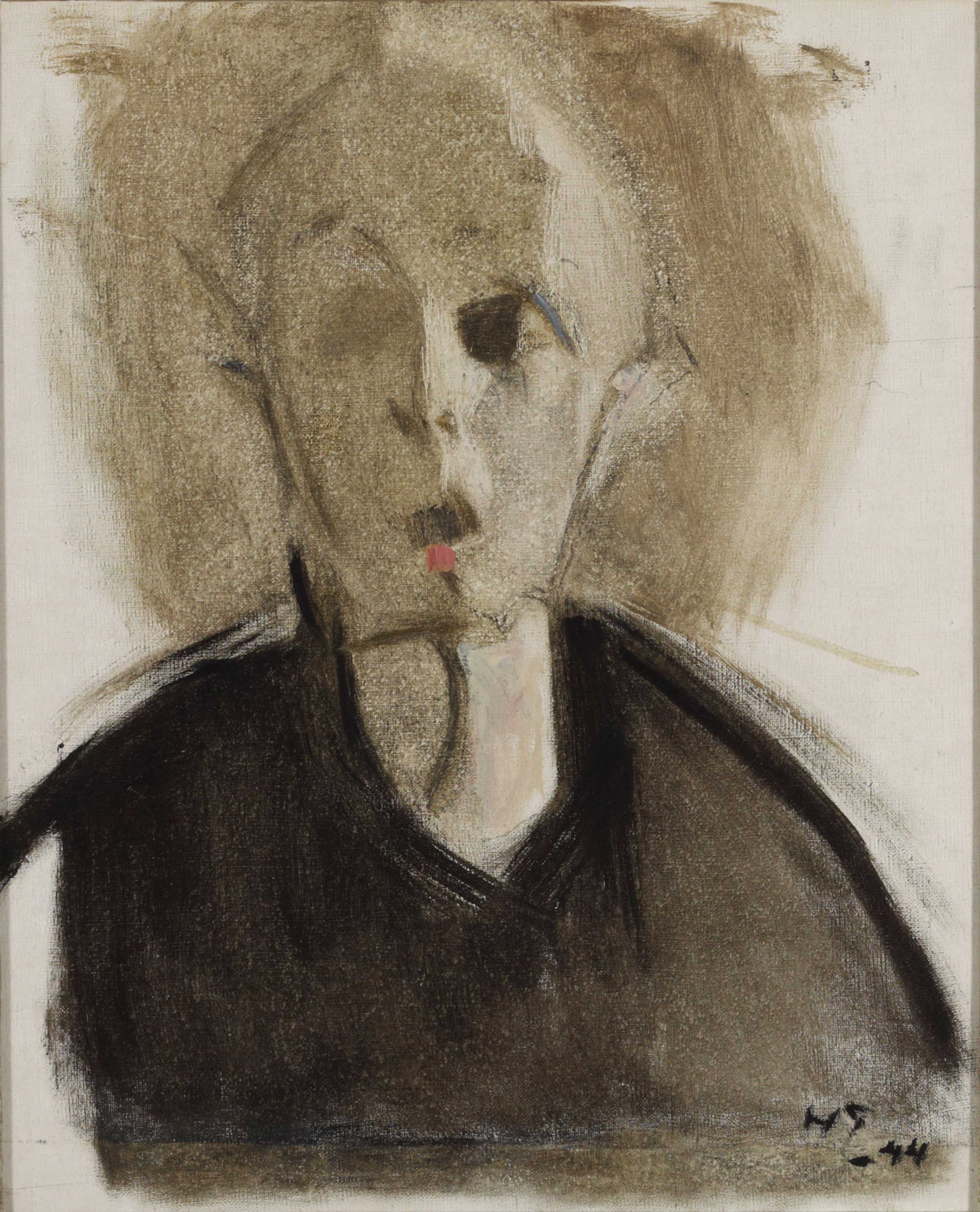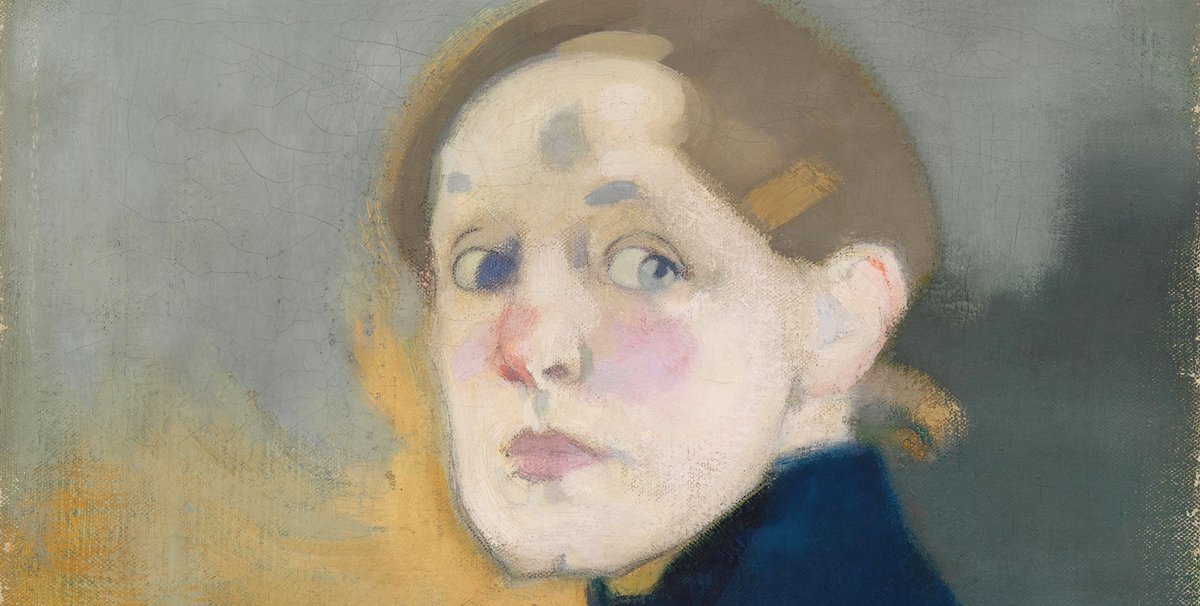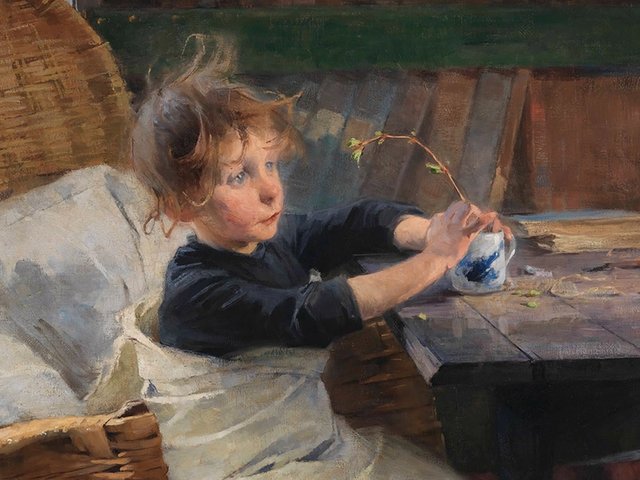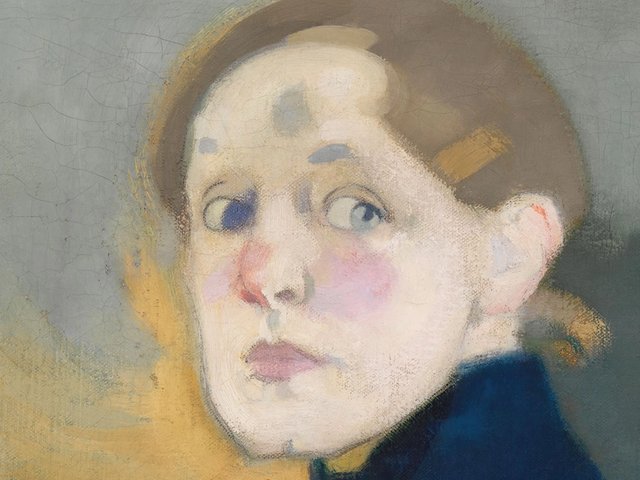The first major UK exhibition of the Finnish artist Helene Schjerfbeck (1862-1946) opens this month at the Royal Academy of Arts in London. Although lauded in Finland, and in some parts of Europe, Schjerfbeck still remains relatively unknown in the UK. The Royal Academy aims to introduce the artist to a wider audience with an exhibition of around 65 works, including 17 self-portraits that chart how Schjerfbeck’s style evolved over her long career. From French-influenced realism to her own brand of pared-back modernism, Schjerfbeck continued to experiment long into her career, even taking up lithography in her mid-70s at the suggestions of her art dealer Gösta Stenman.
The exhibition’s assistant curator Rebecca Bray picks out five key works that chart Schjerbeck’s long life and show her changing style.
• For a full preview of the exhibition, see The lauded Finnish artist Helene Schjerfbeck finally gets major UK show
• Helene Schjerfbeck, Royal Academy of Arts, London, 20 July-27 October


